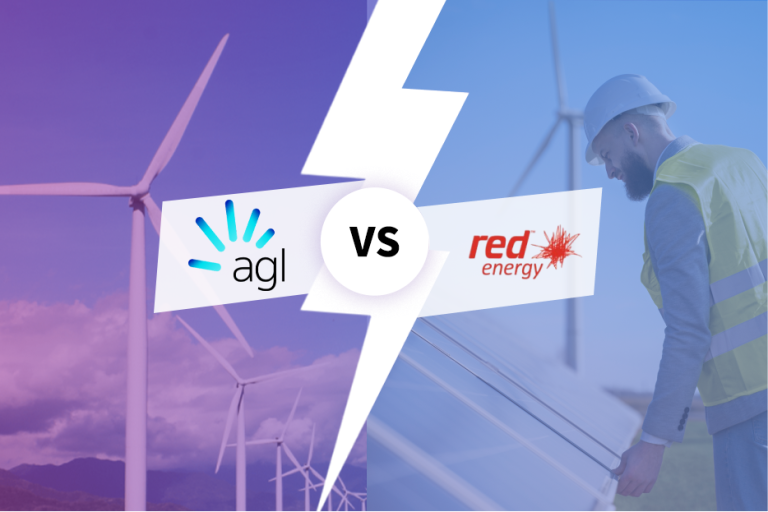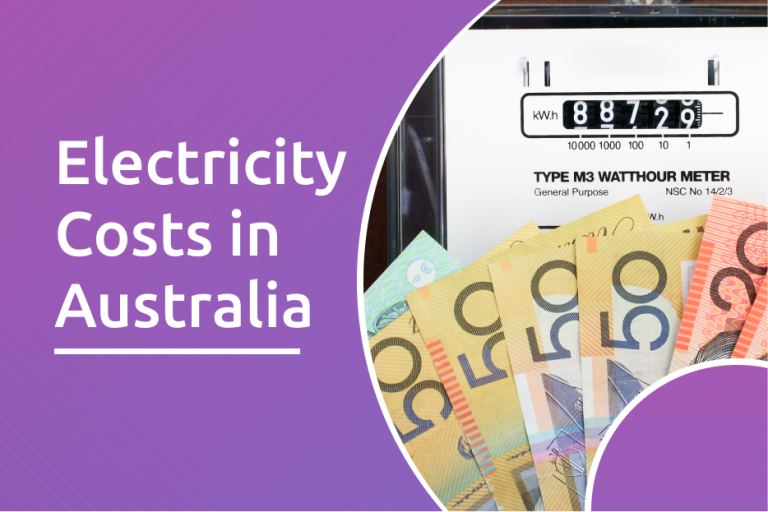Red Energy vs AGL: An In-Depth Electricity Plans and Price Comparison

Navigating the maze of electricity providers can be daunting, especially with the myriad of plans available in the market. Two of the most prominent names when it comes to energy suppliers in Australia are Red Energy and AGL. Both companies…









